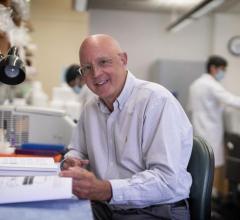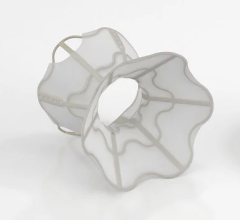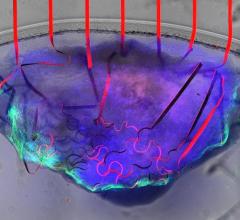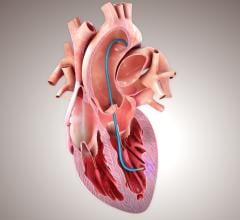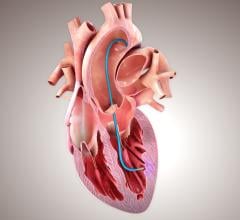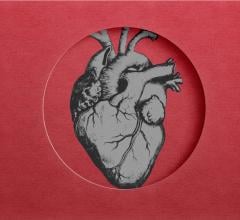
July 6, 2015 - DC Devices Inc. announced that it has completed enrollment and implants in the REDUCE LAP-HF trial, an open label, multi-center, single-arm study of the InterAtrial Shunt Device (IASD). The IASD is a transcatheter device for the treatment of diastolic heart failure (DHF), which is also known as heart failure with preserved ejection fraction (HFpEF).
The company also announced that it has changed its name to Corvia Medical, Inc.
The REDUCE LAP-HF trial is designed to evaluate the safety and performance of the IASD System in the treatment of heart failure for patients with preserved or mildly reduced ejection fraction who have elevated left atrial pressure and remain symptomatic despite appropriate medical management. Sixty-four patients were implanted at 18 centers in 11 countries. The primary safety endpoint is device-related major adverse cardiac cerebrovascular events (MACCE) and systemic embolic events through six months post-implant.
Principal investigator Prof. Chris Hayward, senior staff cardiologist, Heart Failure and Transplant Unit at St. Vincent's Hospital in Sydney, Australia, commented, "We have treated 10 patients with the IASD System and are very pleased with the results. Many of our patients have been able to return to activities they had previously abandoned, with improvement in their exercise capacity and heart failure symptoms."
Co-investigator David Muller, M.D., director of the cardiac catheterization laboratory, St. Vincent's Hospital, Sydney, commented "The system is elegant and I found it extremely easy to use." He continued, "We have seen substantial benefit in individuals who were previously very symptomatic. I look forward to offering this treatment to more of my patients."
The IASD System is designed to reduce pressure in the heart by allowing blood to flow between the left and right atria. During the minimally-invasive catheter-based procedure, an interventional cardiologist places the IASD through a small opening in the atrial septum. After the implant is deployed, a small passage is formed between the left and right atria so blood can flow between the two chambers, potentially lowering pressure in the left atrium, which is intended to reduce the symptoms of heart failure.
For more information: www.corviamedical.com

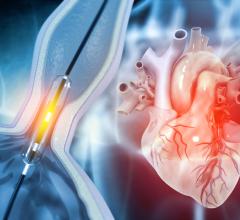
 April 16, 2024
April 16, 2024 
